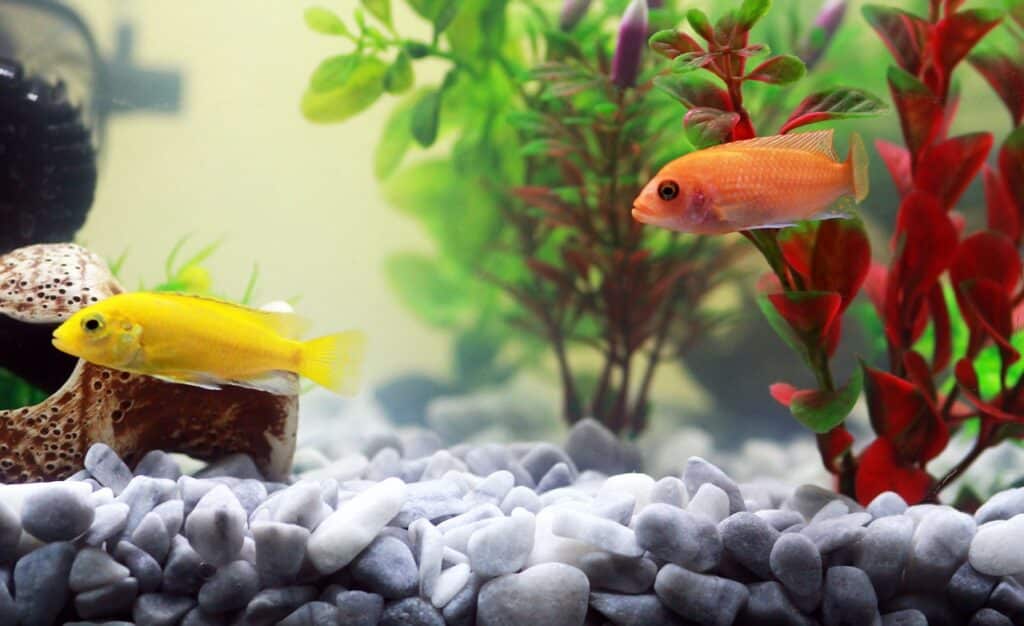Aquariums bring life and beauty into our homes, and the playful elegance of fish is always a joy to watch. But as much as we enjoy them, aquariums require stable environments to keep their inhabitants thriving. The water quality, temperature, and balance of their ecosystem are vital, and moving this delicate setup to a new home can feel daunting.
Whether you’re a new fish owner or an experienced hobbyist, relocating your aquarium takes careful planning and extra care. With the right approach, you can ensure your fish stay safe, your tank remains intact, and the transition is as stress-free as possible.
Preparing to Move Your Aquarium
Moving an aquarium is all about preparation. The better you plan ahead, the smoother the move will go, not just for you but for your fish too. Start by breaking down the process into manageable steps. Think about the needs of your fish, the tank, and the water. Each element requires attention to make the move successful.
Begin by gathering supplies. You’ll need fish-safe containers like lidded buckets or coolers, a siphon hose, fish nets, and plenty of padded materials for packing the tank itself. If you don’t already have these items, a trip to your local pet store or a quick online order can help you get everything you need. Organize your supplies near the aquarium and give yourself plenty of time to prepare.
Steps to Safely Move Your Fish
When it comes to moving fish, their safety depends on three key steps: preparing temporary housing, transferring them carefully, and maintaining their environment during transit.
- Prepare Temporary Housing:
Fish are sensitive to changes, so start by creating a stable temporary home. Use buckets, bags, or portable tanks filled with conditioned water from your aquarium. This ensures the water chemistry remains familiar, which can help reduce stress. To minimize waste in the water during transit, stop feeding your fish 24 hours before the move. - Transfer Your Fish:
Gently net each fish and place them into their temporary containers. Avoid overloading any one container and keep the lids secure. For long-distance moves, consider portable filtration or aeration to keep the water quality stable during transit. - Maintain a Stable Environment:
During the move, keep the fish containers in a temperature-controlled space. Use ice packs or heat packs to regulate the water temperature, especially if you’re traveling during extreme weather. Avoid direct sunlight and sudden temperature changes.
Steps to Move the Aquarium Tank
Transporting the tank itself requires careful handling to avoid damage. Glass tanks are heavy and fragile, so take these precautions:
- Empty the Tank:
Use a siphon hose to transfer the tank water into lidded buckets. Keeping this water allows you to reuse it at your new home, which will help your fish adjust more easily. Remove decorations, plants, and gravel, and pack them securely. - Disassemble Equipment:
Unplug and carefully pack all tank equipment, such as filters, heaters, and pumps. Use padded boxes to protect these items during transit. - Protect the Tank:
Wrap the tank in bubble wrap or foam and secure it inside a sturdy box or crate. Avoid placing anything heavy on top of the tank during transport. Filling the inside of the tank with packing material can also prevent it from cracking under pressure.
Transporting Fish and Tank Safely
Once everything is packed, the next step is getting it to your new home. Always move your fish in your personal vehicle for better control over their environment. Secure the containers upright to prevent spills and minimize jostling during the ride.
If possible, keep the aquarium box stabilized with straps or packed between other items to prevent it from shifting. Drive gently, avoiding sharp turns or sudden stops. During longer moves, take short breaks to check the water temperature and ensure your fish are comfortable.
Setting Up Your Aquarium in the New Home
Once you arrive, prioritize setting up your aquarium. Reassemble the tank and equipment before unpacking anything else. Add the water you saved during the move, along with the decorations, gravel, and plants. Test all equipment to ensure it’s working correctly.
To reintroduce your fish, float their containers in the tank for 15-20 minutes to equalize the temperature. Gradually mix tank water into their containers before gently releasing them. Monitor the water quality and your fish’s behavior over the next 24-48 hours to ensure a smooth adjustment.
Common Mistakes to Avoid
Moving an aquarium is complex, and small mistakes can have big consequences. Here are a few things to watch out for:
- Skipping Temporary Containers: Always have a safe, temporary home ready for your fish.
- Discarding Tank Water: Keeping the original water helps maintain a familiar environment for your fish.
- Improper Tank Packing: Secure and cushion the tank to avoid cracks during transport.
- Rushing Reintroduction: Take time to acclimate your fish to their new environment.
Enjoying Your Aquarium in Your New Home
With careful planning and patience, your fish can make the move safely, and your aquarium will look just as beautiful in your new space. Once everything is set up, your fish will provide the same sense of calm and joy as before, helping you settle into your new home.
For a stress-free aquarium move, consider working with professionals who understand the unique challenges of transporting tanks and fish. At Freedom Moving, we’re here to handle the heavy lifting so you can focus on caring for your fish. Contact us today for expert help with your move!








